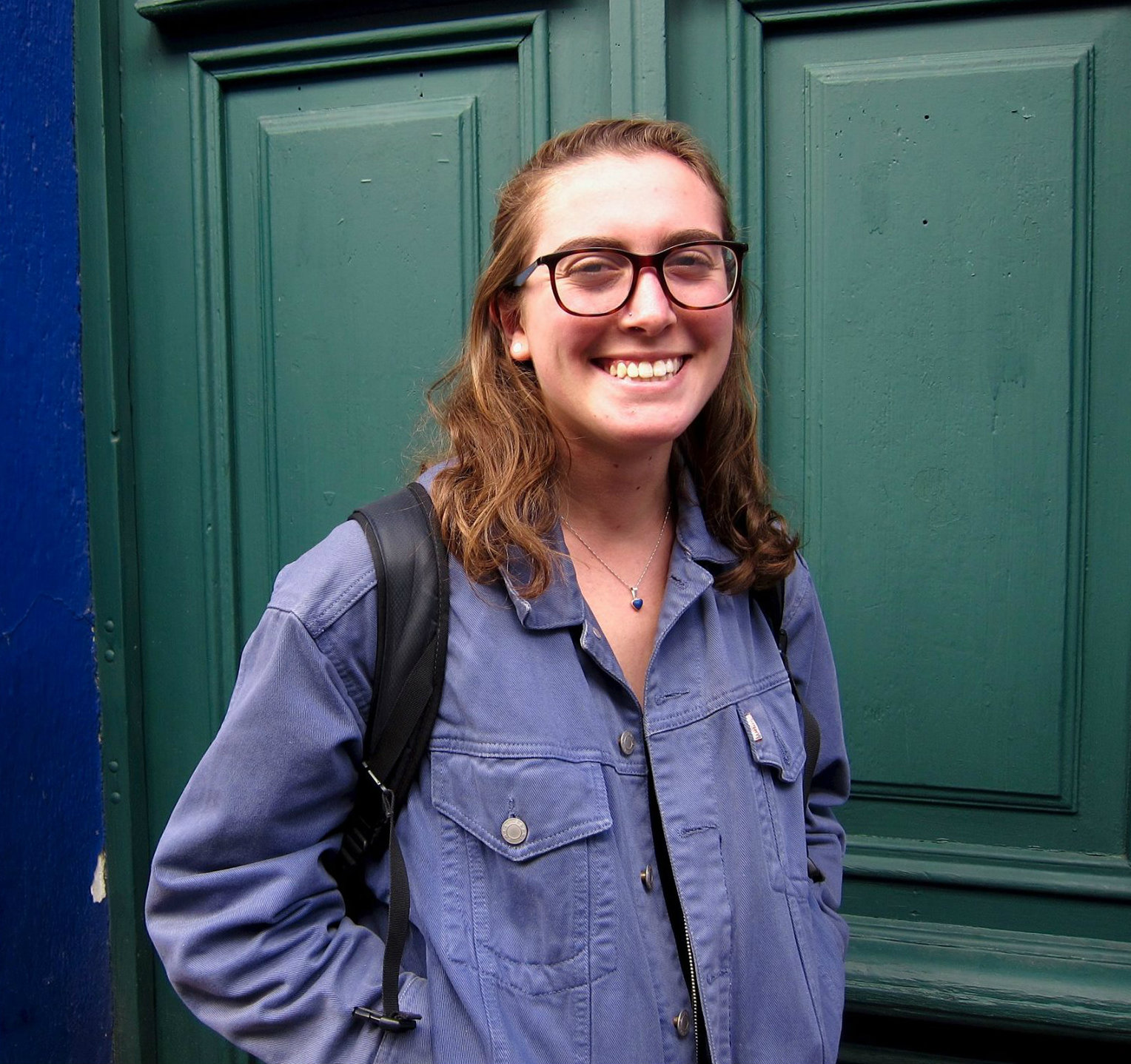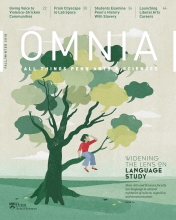Shortly after Jana Korn, C’18, arrived in Santiago, Chile, for a semester abroad, she learned to navigate Santiago’s heavily used public transportation system.
“I never had been in a place where trains and buses get so crowded,” says the urban studies major from Washington, D.C. “I had to learn to be comfortable squished in with total strangers. I think it’s an experience that any woman or girl can speak to, having to think intentionally about where you’re placing your body.”
This heightened awareness percolated into research questions that formed the basis of Korn’s senior thesis project: How do feelings of vulnerability affect decisions women make about traveling in cities? How does fear restrict women’s mobility, and what are the implications for gender equity?
Working with Penn advisors Alec Gershberg, Senior Lecturer in Sociology and Urban Studies, and Elaine Simon, Co- Director of the Urban Studies Program, Korn devised an online survey for female students in Santiago aged 18 through 32 asking whether they had ever been victims of, or witnesses to, sexual violence while using public transportation.
“I defined sexual violence as anything from verbal harassment to rape,” Korn explains. The survey asked what factors influenced women’s route choices or time of day they traveled, as well as what changes might make them feel safer. More than 400 students responded, with over 90 percent reporting that they had experienced or observed sexual violence on transit.
Korn’s study outlined three key areas that cities could focus on to enhance safety: infrastructure improvements such as on-time performance, better lighting, and real-time tracking; quick reporting systems that facilitate a direct connection between transit riders and law enforcement; and awareness campaigns that give women the message that harassment and violence should not be tolerated.
Korn summarized her research and recommendations in an op-ed for the online magazine Next City and hopes to publish her thesis as well. The study of urban life will likely remain a focus for her going forward. “I’m always interested in questions like ‘Who is the city for? Who are public spaces for?’” she says. “That’s what I think about a whole lot.”




